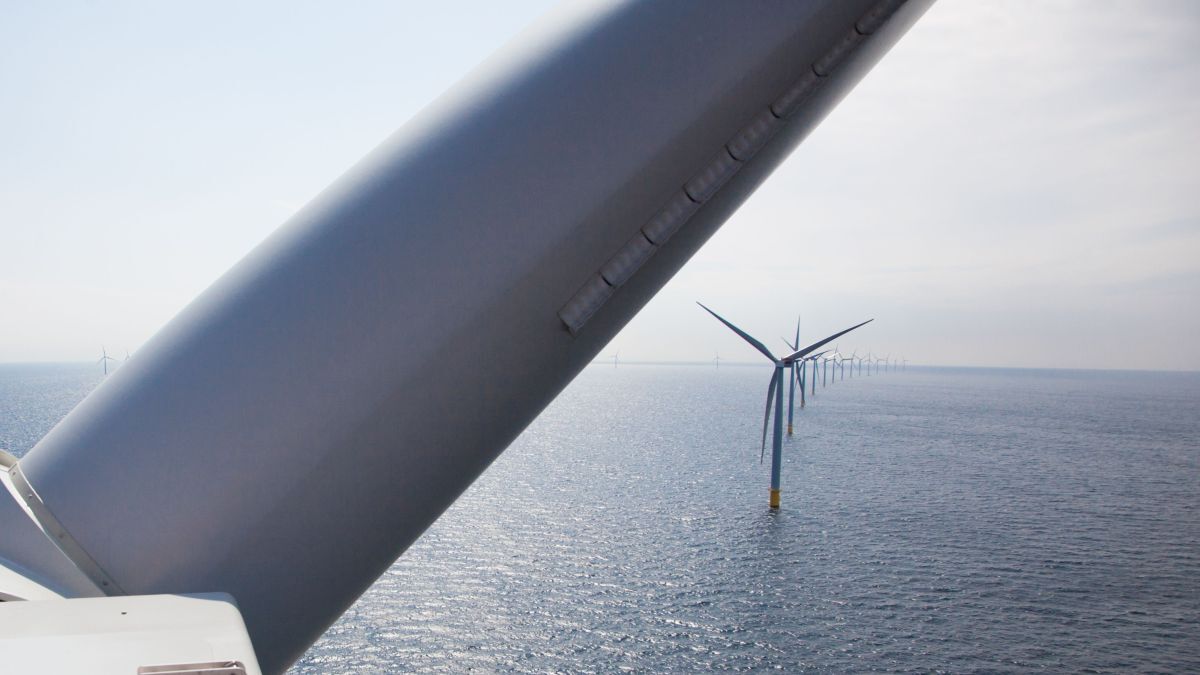Offshore wind can meet growing demand for electricity, help decarbonisation and create jobs, study shows
A roadmap released in April 2022 by the World Bank Group shows the Philippines has potential to install 21 GW of offshore wind by 2040. The Philippines Offshore Wind Roadmap charts the development of a robust offshore wind industry in the country in two potential scenarios. The low-growth scenario provides a roadmap for installing offshore wind at levels in line with the Philippines Department of Energy national renewable energy programme; the high-growth scenario provides a roadmap for installing much higher levels that could be sufficient to drive competition, investment and more cost reduction.
Analysis of the low-growth scenario suggests the Philippines has the potential to install 3 GW of offshore wind by 2040, making up 3% of the country’s electricity supply. Analysis of the high-growth scenario shows the potential to install 21 GW, making up 21% of its electricity supply. To achieve these scenarios, the roadmap provides guidance on actions that must be taken by the government, including a long-term plan for offshore wind until 2050; establishing offshore wind development zones through further marine spatial planning; investment in transmission, port and other energy infrastructure upgrades; and increasing collaboration with industry and other relevant government agencies.
The Philippines is heavily reliant on imported fossil fuels and the uncertain future availability and price of these fuels puts the country at risk from supply constraints and price increases. Offshore wind, alongside other local renewable energy resources, could help increase energy independence and resilience, as well as help reduce the country’s large trade deficit.
Emissions from burning coal and oil comprise around 87% of the Philippines’ carbon emissions and total emissions are rising rapidly. Low-carbon electricity from offshore wind could help reduce energy-related emissions and help the Philippines achieve its Nationally Determined Contribution target of peak emissions by 2030. Although renewable energy generation is increasing, itsoverall share of the Philippines’ electricity mix has decreased substantially from 34% oftotal electricity generation in 2008 to around 21% in 2021. The government’s National Renewable Energy Program sets a target of a 35% share of renewable energy in the power generationmix by 2030 and 50% by 2040.
World Bank energy practice manager east /Pacific Jie Tang says the Philippines has 178 GW of technical offshore wind potential. “Our analysis of the high-growth scenario suggests offshore wind could create thousands of jobs by 2040, as well as provide billions in local gross value added to the economy in the Philippines,” he explains.
World Bank offshore wind development programme co-lead Mark Leybourne says, “Although there may be challenges along the way, continuing forward with this collaboration and dialogue between the Department of Energy and stakeholders, and setting a long-term vision for industry growth, will help overcome these challenges and deliver significant benefits to the country for decades to come.”






